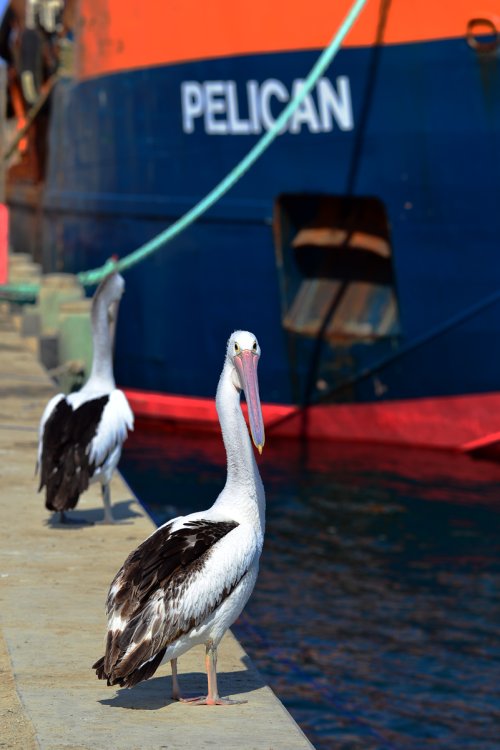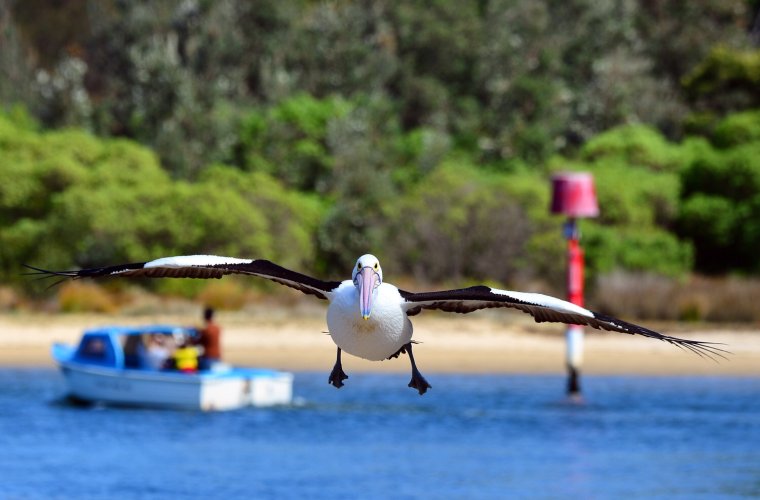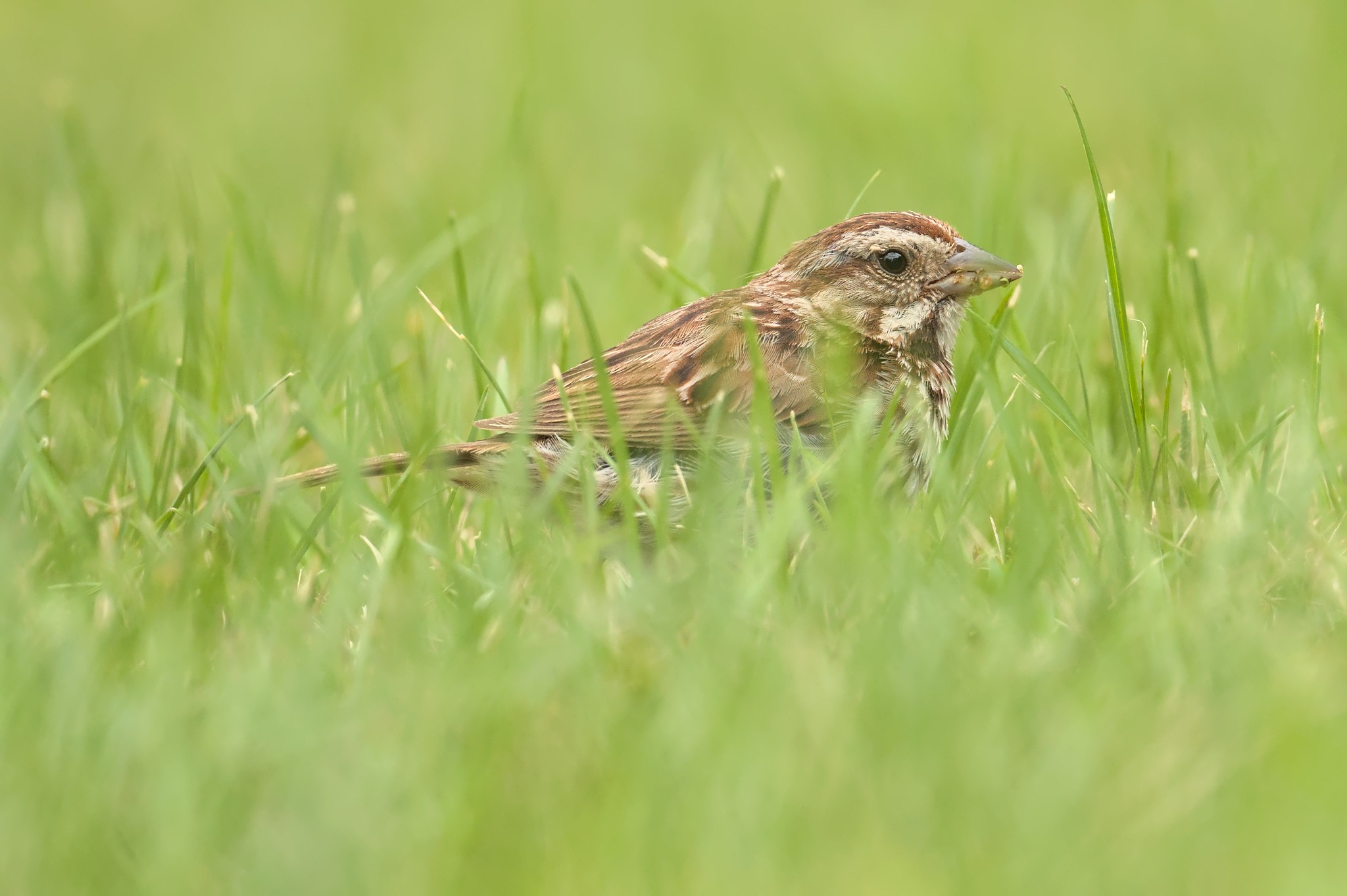When I first read your question I have to admit I was a bit stumped so I waited to see what others said. I was not sure if you were referring in some way to actual bokeh or simply to a blurred background. Bokeh is the "aesthetic quality of the blur produced in out-of-focus parts of an image." There can be good or not-so-good bokeh, but the entire image can still be blurred, and yes a wider aperture can create a softer blur.With all the movement towards the mirrorless glass these days coming out at 4.5 to 8 does that mean that bokeh is a thing of the past? With the exception of spending over 14,000 on up on a lens. I love my 600 f4 however the new glass is very much out of my reach these days. Just curious how the majority of people felt about it.
I could be splitting hairs but there are differences in bokeh. Some people have expressed displeasure with the quality of the bokeh of the 500PF lens when water sparkles, it can be a bit harsh in quality but the quality of the overall blur in other areas can be fine. I don't think shooting with the intent of a blurred background will go out of style just as shooting with the intent of a sharp background will not go out of style. And, I have to admit, I'm still a bit stumped by the question but it must be only me.
I love to shoot to isolate my subject, i.e., a blurred background, but sometimes I do shoot to include habitat, it depends on the situation and what I get handed. I do prefer a bokeh that is softer and more overall blurred rather than with round, apparent circles. I'll soften the background as needed in PS sometimes. My 600PF offers up great blurred backgrounds, no problem there at all, even at f/6.3. Having the knowledge that background blur depends on more than aperture can help when you want a softer, more blurred background, as others have said, it also depends on the distance from you to the subject and the distance from the subject to the background.






